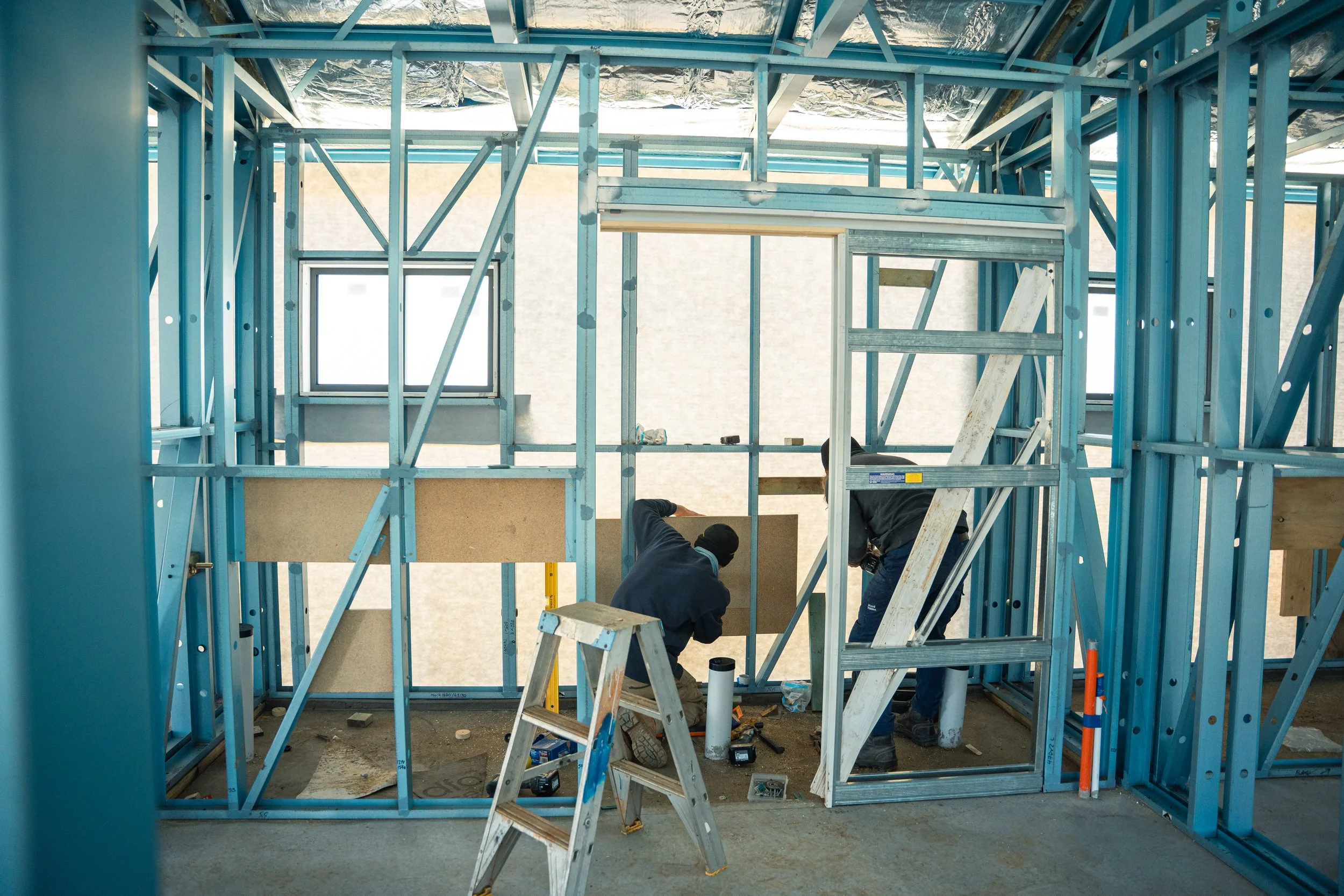
Common Mistakes to Avoid in Residential Construction
Building a home is a major investment, and even small mistakes can lead to costly repairs, safety hazards, or reduced property value. Whether you're a homeowner overseeing a project or a contractor, avoiding these common residential construction mistakes will save you time, money, and headaches.
Here are the top pitfalls to watch out for—and how to prevent them.
#01
Poor Planning & Rushed Designs
Mistake: Skipping detailed blueprints or changing plans mid-construction.
Why It’s Bad: Leads to structural issues, delays, and budget overruns.
✅ Solution:
Work with a licensed architect or engineer.
Finalize all designs before breaking ground.
Plan for utilities (electrical, plumbing, HVAC) early.
#02
Choosing Cheap or Wrong Materials
Mistake: Cutting costs on low-quality materials to save money upfront.
Why It’s Bad: Results in frequent repairs, poor insulation, and safety risks.
✅ Solution:
Invest in durable, weather-resistant materials.
Compare long-term costs (maintenance vs. initial price).
Follow local building codes for fire and safety ratings.
#03
Ignoring Soil Testing & Foundation Issues
Mistake: Building without proper soil analysis or foundation prep.
Why It’s Bad: Causes cracks, sinking, and uneven settling over time.
✅ Solution:
Conduct a geotechnical survey before pouring concrete.
Use proper drainage to prevent water damage.
Reinforce foundations in unstable soil areas.
#04
Inadequate Ventilation & Moisture Control
Mistake: Poor airflow in bathrooms, attics, and basements.
Why It’s Bad: Leads to mold, wood rot, and poor indoor air quality.
✅ Solution:
Install exhaust fans in kitchens and bathrooms.
Use vapor barriers in crawl spaces.
Ensure proper attic ventilation to prevent ice dams (in cold climates).
#05
Incorrect Electrical & Plumbing Work
Mistake: DIY wiring or unlicensed plumbing installations.
Why It’s Bad: Fire hazards, leaks, and code violations.
✅ Solution:
Hire licensed electricians and plumbers.
Plan outlet and fixture placements early.
Avoid overloading circuits.
#06
Skipping Permits & Inspections
Mistake: Building without proper permits to "save time."
Why It’s Bad: Fines, forced demolition, or difficulty selling the home.
✅ Solution:
Check local permit requirements before starting.
Schedule inspections at key phases (foundation, framing, final).
Keep all documentation for future buyers.
#07
Poor Insulation & Energy Efficiency
Mistake: Using insufficient insulation or outdated HVAC systems.
Why It’s Bad: High energy bills and uncomfortable living conditions.
✅ Solution:
Use high R-value insulation in walls and attics.
Install energy-efficient windows (double/triple-pane).
Consider a heat pump or solar panel options.
#08
Overlooking Future Maintenance Needs
Mistake: Choosing trendy but high-maintenance finishes.
Why It’s Bad: Increased upkeep costs and faster wear-and-tear.
✅ Solution:
Opt for low-maintenance siding (fiber cement, brick).
Avoid white grout in high-traffic areas (stains easily).
Pick durable flooring (LVP, tile) over softwoods.
Final Thoughts
Residential construction mistakes can turn a dream home into a money pit. By planning carefully, hiring professionals, and using quality materials, you’ll avoid costly regrets and ensure a safe, durable, and comfortable home.
📌 Key Takeaway: "Measure twice, build once!"
